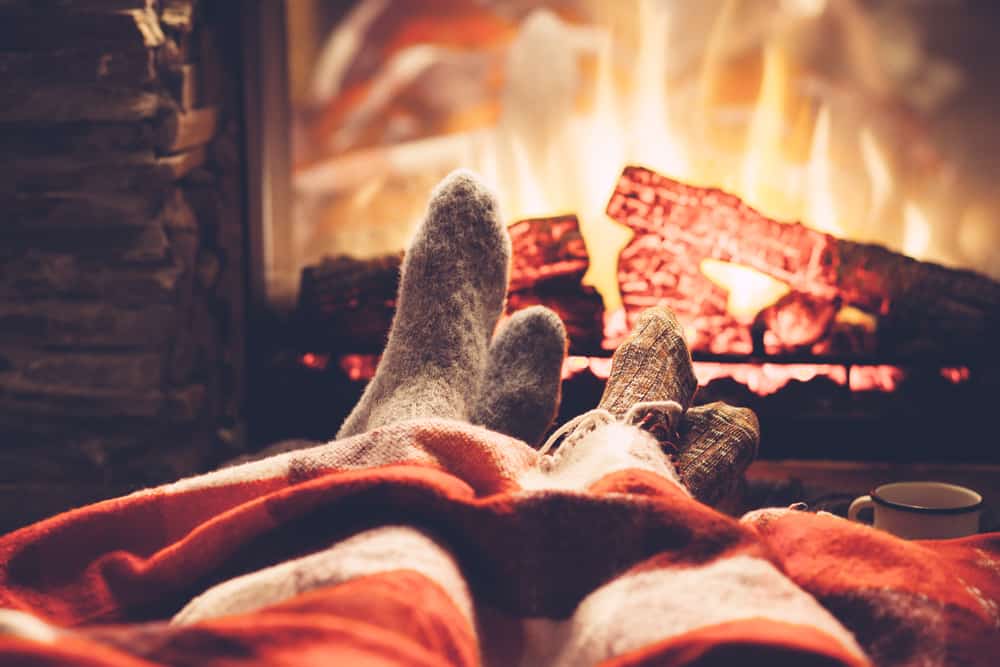We are well into fall and heading into winter, and as the weather cools and the holidays approach you may be using your fireplace more frequently. For a fireplace owner, there’s nothing more relaxing than warming up by a fire on a cold winter night, and nothing more rewarding than inviting your friends and family over to enjoy this piece of your home with you.
Use Your Fireplace Chimney Correctly
If you have your fireplace and chimney cleaned every year, you may be surprised to learn an annual cleaning is not enough to ensure your fireplace chimney remains in good condition all fall and winter. Using your fireplace correctly and taking care of it are just as important. Making the wrong choices in what you choose to burn and how you set up a fire can make your chimney get dirty, and unsafe, much faster than you thought.
 Choose the Right Wood
Choose the Right Wood
The wood you choose to burn makes a huge difference in the type of fire your fireplace makes and how it affects your fireplace chimney. If you want a slow burning fire that lasts a long time use oak or maple wood. If you want fire that burns faster, birch is the right choice. But regardless of the type of fire you wish to enjoy, never use unseasoned or “wet” wood, which is wood with a high moisture content. Wood that has not been dried for at last six months will give you a smokier fire and sends more unburned particles up your chimney. This makes harmful substances like creosote build much faster. Seasoned oak, maple or birch wood are the best types of logs to use because they burn faster while releasing less creosote deposits.
Only Burn Firewood
You may think there’s no harm in casually throwing trash or construction scraps you’ve had sitting in your basement into your fireplace. Adding them to your fire can seem like a convenient and fun way to get rid of them but can actually be dangerous to you and your fireplace chimney. These products are not meant to be burned in your home and can let out dangerous chemicals that damage your chimney and your health. Similarly, do not burn charcoal or coal in your wood burning fireplace. These both can let dangerous gases into your home and chimney.
Don’t Overload Your Fireplace
When you’re trying to start a fire quickly or want to produce a lot of heat, it can be tempting to stuff your fireplace with a lot of wood thinking this will give you a bigger fire. However, creating a fire that’s too big can damage your fireplace chimney, which wasn’t meant to handle that much heat. A fire that’s too hot can crack your chimney and is harder to control, which can put your home in danger of fire.

